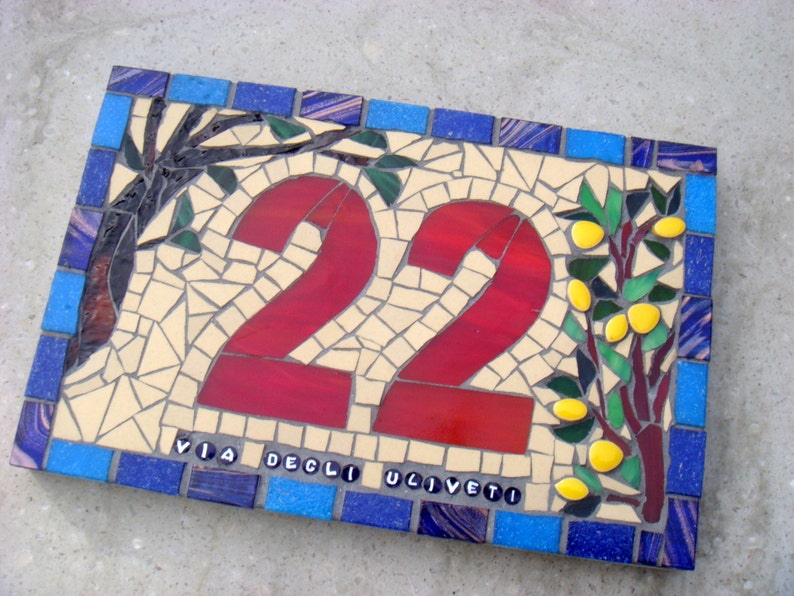

BMC Bioinformatics, 2010), and then searches for aberrant segments (mosaic regions) with B-deviations (Bdev) different from zero. The MAD method first performs a segmentation procedure using the GADA algorithm (Pique-Regi R, Caceres A, Gonzalez JR. Mosaic Alteration Detection (MAD) is among the most commonly used computational tool to identify mosaic events using both B-allele frequency (BAF) and log R ratio (LRR) values from SNP array data. Previous studies have been limited by small sample size to achieve accurate frequency estimates (, Bonnefond et al. The goal of the algorithm was to deliver results in a high-throughput way with few spurious calls and to successfully detect mosaic events multiple megabases in size. However, we were motivated to create a computationally efficient and easy to perform algorithm, particularly at the scale needed for large projects. Mosaicism calls from publically accessible programs, such as R-GADA-MAD, BAFSegmentation, Mocha, and triPOD have provided insight into the prevalence and impact of mosaic CNVs. In this way, mosaicism is often incorrectly classified or missed entirely by conventional CNV detection algorithms. However, splitting of genotypes into allelic imbalance clusters means duplication only when paired with a gain in intensity, otherwise the event is actually a mosaic deletion. Īlmost all CNV detection algorithms interpret a splitting of genotypes into allelic imbalance to mean duplication. Mosaic CNV detection is important in clinical settings for accurate assessment and estimate of disease recurrence risk. Cotterman in his seminal paper about antigenic variation. “Somatic mosaicism” terminology was used by C.

Mosaicism was first studied in fruit flies by Alfred Sturtevant and Curt Stern demonstrating mitotic recombination.


Mosaic CNV creation mechanisms include: chromosome nondisjunction, anaphase lag, and endoreplication. Mosaicism is non-integer CNV resulting from a mixture of deleted and diploid or duplicated and diploid cells. The new algorithm can be freely accessed via. A curated mosaic CNV callset of 3716 events in 2269 samples is presented with comparability to previous reports and disease phenotype associations. Our novel algorithm presents an efficient tool with fast computational runtime and high levels of accuracy of mosaic CNV detection. We additionally investigated the allele imbalance observations genome-wide to define non-diploid and non-integer copy number states. Additionally, we uncovered disease associations of multiple phenotypes with mosaic CNVs at several genomic loci. We screened for mosaic events in over 350,000 samples using 1% allele frequency as the detection limit. Montage directly interfaces with ParseCNV2 algorithm to establish disease phenotype genome-wide association and determine which genomic ranges had more or less than expected frequency of mosaic events. We developed a tool called Montage to improve the accuracy of detection of mosaic copy number variants in a high throughput fashion. Several studies have investigated the impact of mosaicism in single patients or small cohorts but no comprehensive scan of mosaic CNVs has been undertaken to accurately detect such variants and interpret their impact on human health and disease. Mosaicism implies that certain cell types or subset of cells contain a CNV in a segment of the genome while other cells in the same individual do not. Mosaicism is a prevalent and impactful class of non-integer state copy number variation (CNV). Mosaicism describes such a phenomenon where a mixture of genotypic states in certain genomic segments exists within the same individual. Not all cells in a given individual are identical in their genomic makeup.


 0 kommentar(er)
0 kommentar(er)
